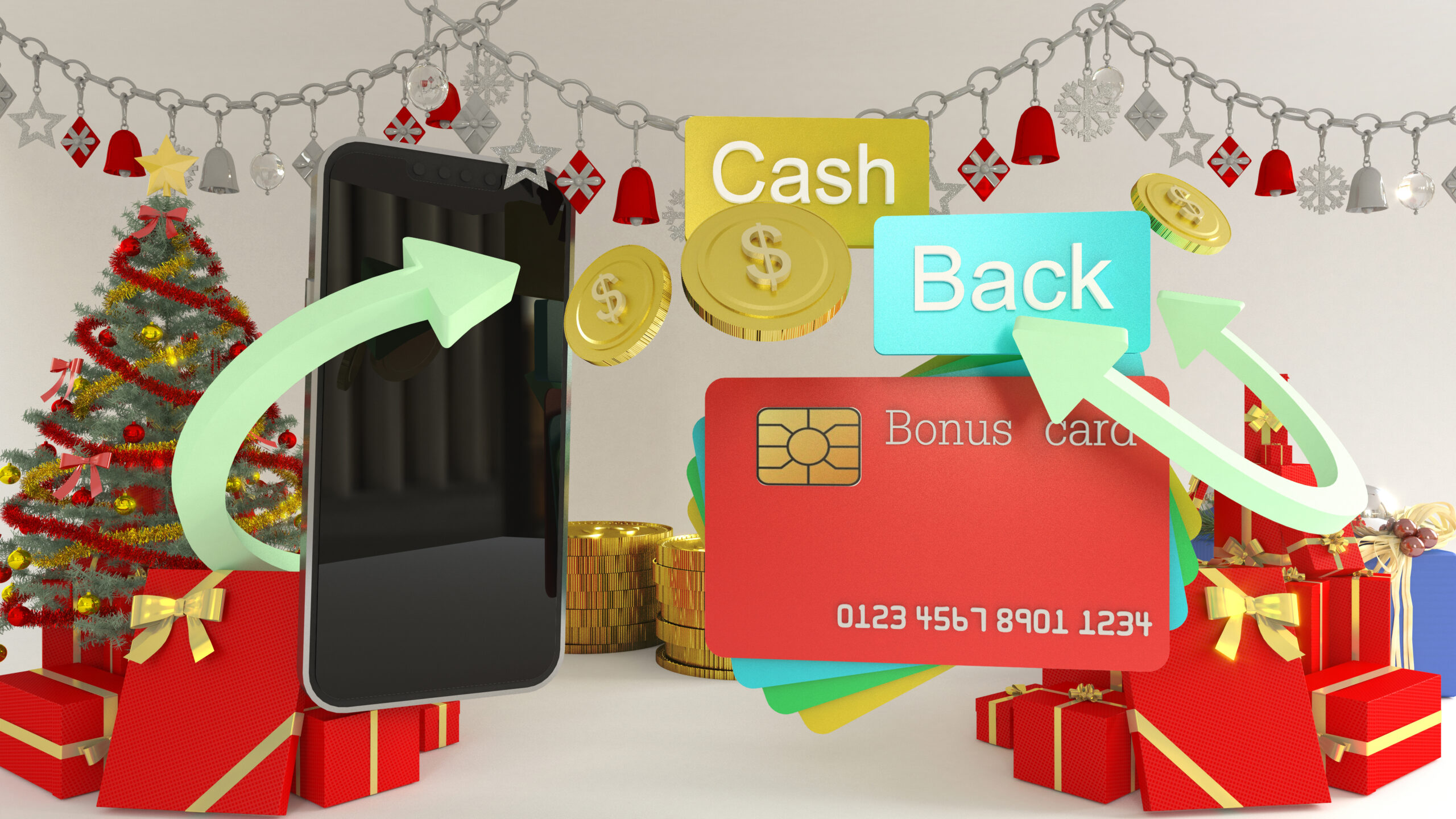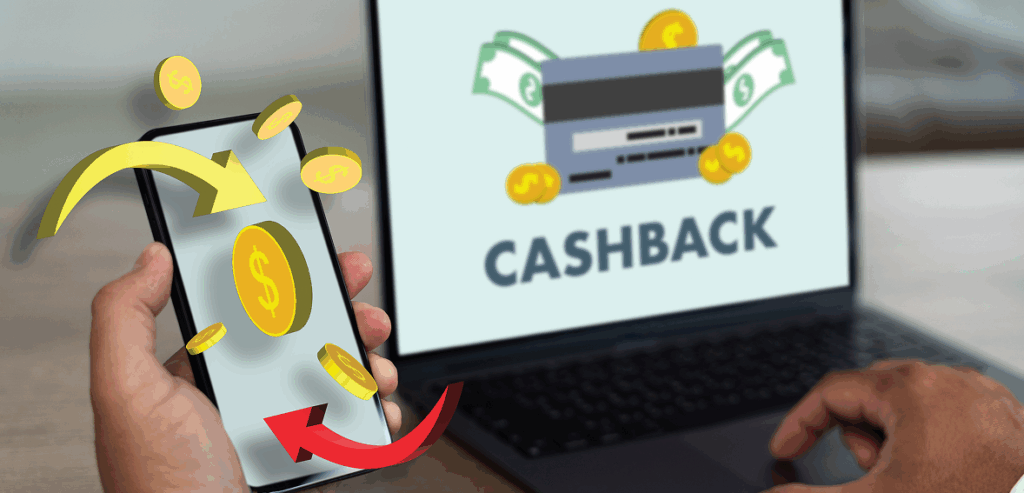
Loyalty Programs 101: Points, Cash-Back, and VIP Explained
Introduction: Why Start with Loyalty Basics
Every business owner eventually faces the same question: How do I keep customers coming back? The answer often lies in a well-designed customer loyalty program.
But with so many options—points, punch cards, cash-back, VIP clubs—it can feel overwhelming. Which type works best? What are the pros and cons? How do you start without confusing customers?
This guide breaks down the fundamentals of loyalty programs—simple structures any business can adopt, explained with examples, benefits, and best practices. By the end, you’ll know which model is right for your business and how to implement it effectively.
Section 1: The Foundation of Loyalty Programs
Before diving into models, let’s define the basics:
- What is a loyalty program?
A structured system that rewards repeat customers with points, perks, or privileges. - Why are they important?
- Retain existing customers (cheaper than acquiring new ones).
- Increase purchase frequency and average spend.
- Build emotional connection and brand advocacy.
Key stat: Increasing customer retention by just 5% can boost profits by 25–95%.
Section 2: Points-Based Programs
How it works: Customers earn points for every purchase. Points can be redeemed for discounts, freebies, or exclusive products.
Why it works:
- Easy to understand (“1 point per $1”).
- Encourages repeat visits.
- Flexible—points can apply to different rewards.
Best for: Retail shops, e-commerce, restaurants.
Pros:
- Simple and familiar.
- Encourages ongoing engagement.
- Easy to track digitally.
Cons:
- Needs clear value (customers should know what points are worth).
- Can feel impersonal if not combined with personalization.
Section 3: Cash-Back Programs

How it works: Customers earn a percentage of their spend back as store credit or vouchers.
Why it works:
- Direct, tangible value.
- Customers feel like they’re “saving money.”
- Strong incentive for repeat purchases.
Best for: Retail chains, grocery stores, service businesses.
Pros:
- Transparent value.
- Easy for customers to understand.
- Works well for high-volume, competitive industries.
Cons:
- Less emotional appeal (purely transactional).
- Requires margins that support giving cash back.
Section 4: VIP & Tiered Memberships
How it works: Customers unlock higher benefits as they spend more or subscribe to memberships.
Why it works:
- Creates exclusivity and status appeal.
- Motivates customers to spend more to reach the next tier.
- Encourages long-term loyalty.
Best for: Salons, gyms, e-commerce, hospitality.
Pros:
- Builds emotional connection.
- Appeals to high-value customers.
- Allows businesses to segment loyalty levels.
Cons:
- Can alienate low-spenders if not inclusive.
- More complex to manage.
Section 5: Punch Cards (Traditional & Digital)
How it works: Customers get a stamp for each purchase; after a certain number, they earn a free reward.
Why it works:
- Simple, habit-forming.
- Immediate satisfaction.
- Low-cost entry point for small businesses.
Best for: Cafés, small restaurants, local shops.
Pros:
- Easy to launch.
- Customers are familiar with the concept.
- Works well for frequent, low-cost purchases.
Cons:
- Limited flexibility.
- Easy to lose (unless digitized).
- Doesn’t track customer data.
Section 6: Hybrid Models
Some businesses blend elements of multiple models:
- Points + Tiers → Customers earn points but also unlock VIP perks at higher levels.
- Cash-Back + Punch Card → Regular purchases generate instant rewards plus long-term perks.
- Subscription + Points → Customers pay monthly and still earn rewards for purchases.
Hybrid programs offer flexibility and personalization, making them ideal for businesses with diverse customer bases.
Section 7: Choosing the Right Model for Your Business

Ask yourself:
- What do my customers value most—discounts, exclusivity, or recognition?
- How often do they purchase? (Daily coffee vs. annual spa visit).
- What’s my margin? (Can I afford cash-back or free services?).
- Do I want to track data digitally or keep it simple?
👉 Example decision: A neighborhood café may prefer punch cards, while an online retailer benefits from points + VIP tiers.
Section 8: Best Practices for Loyalty Basics
- Keep it simple: If customers don’t understand the program in 10 seconds, it won’t work.
- Promote it everywhere: Website, receipts, social media, checkout counters.
- Reward sign-ups instantly: Give a bonus (free drink, discount) to encourage enrollment.
- Personalize rewards: Birthday perks, seasonal offers, tailored suggestions.
- Measure success: Track redemption rates, repeat visits, and customer lifetime value.
Section 9: Common Mistakes to Avoid
- Making rewards too hard to redeem.
- Offering rewards that don’t excite customers.
- Ignoring data—failing to adjust based on performance.
- Neglecting promotion (loyalty programs don’t market themselves).
Conclusion: Loyalty Starts with Basics
Customer loyalty doesn’t happen by chance—it happens by design. Whether you choose points, cash-back, VIP tiers, or simple punch cards, the goal is the same: make customers feel rewarded, valued, and motivated to return.
Start simple, listen to your customers, and refine over time. A strong loyalty foundation can transform one-time buyers into lifelong advocates, ensuring your business thrives in a competitive world.